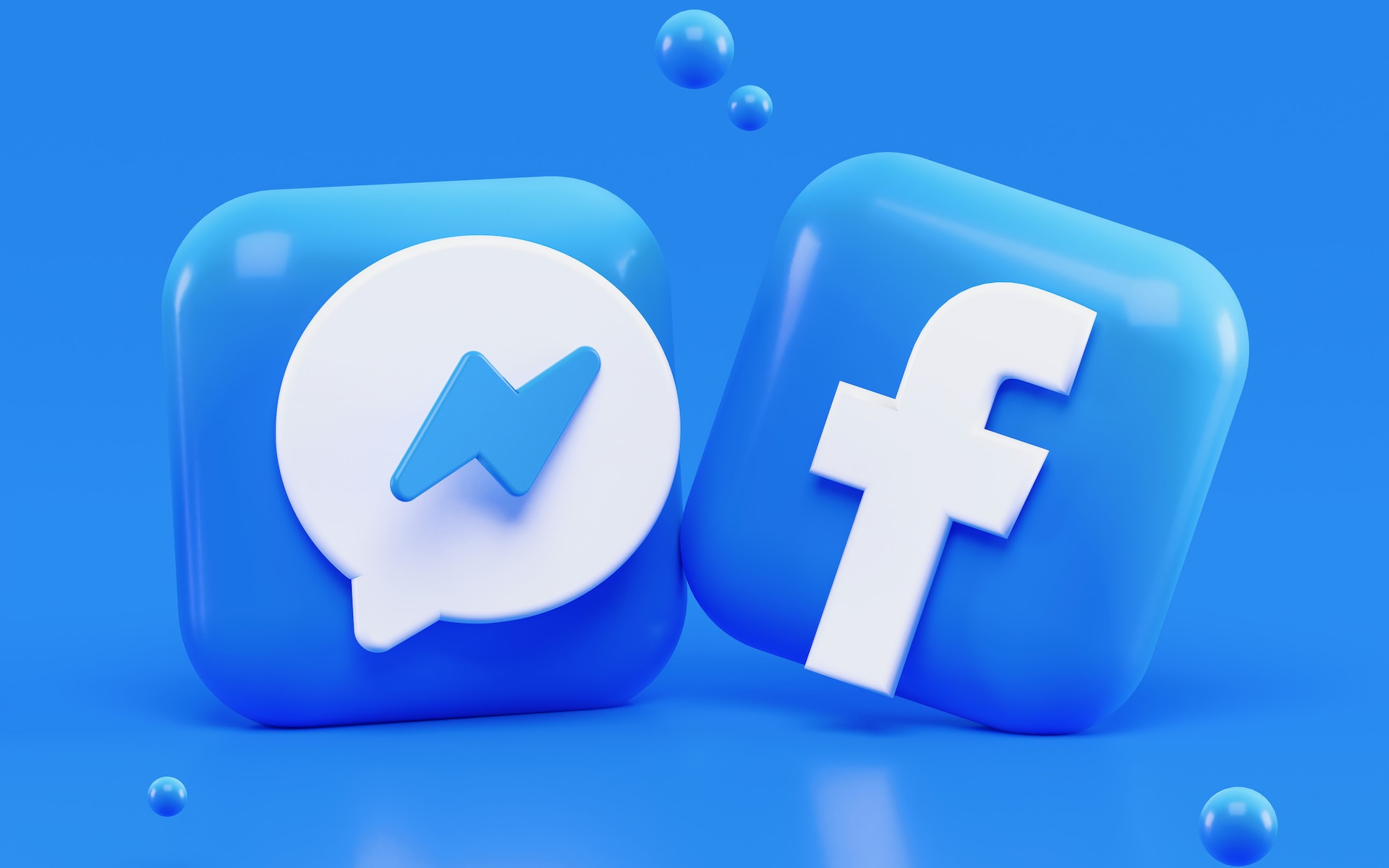This tale begins in the year 2006, in the city of San Francisco, where a young man named Jack Dorsey had a burning idea. Inspired by the concept of short, status updates and the efficiency of SMS messages, he envisioned a platform that would allow people to express themselves in brief bursts of 140 characters or less. And so, the foundations of Twitter were laid.
But like any good story, there were twists and turns along the way. Jack Dorsey, along with his co-founders Biz Stone and Evan Williams, faced numerous challenges in bringing their creation to life. Funding was scarce, and the team encountered technical hurdles that threatened to ground their ambitious project before it ever took flight.
However, like the resilient little bird they had chosen as their mascot, the team persisted. In March 2006, Twitter officially took its first fluttering steps into the world, with its first-ever tweet sent by Jack Dorsey: “just setting up my twttr.” The simplicity and novelty of the concept quickly caught the attention of early adopters, and the platform began to gain traction.
At the time, nobody would have believed that an old saying would come true: If you fly too high, you get too close to the sun. And like Daedalus, son of Icarus, Twitter fell toward flaming death.



